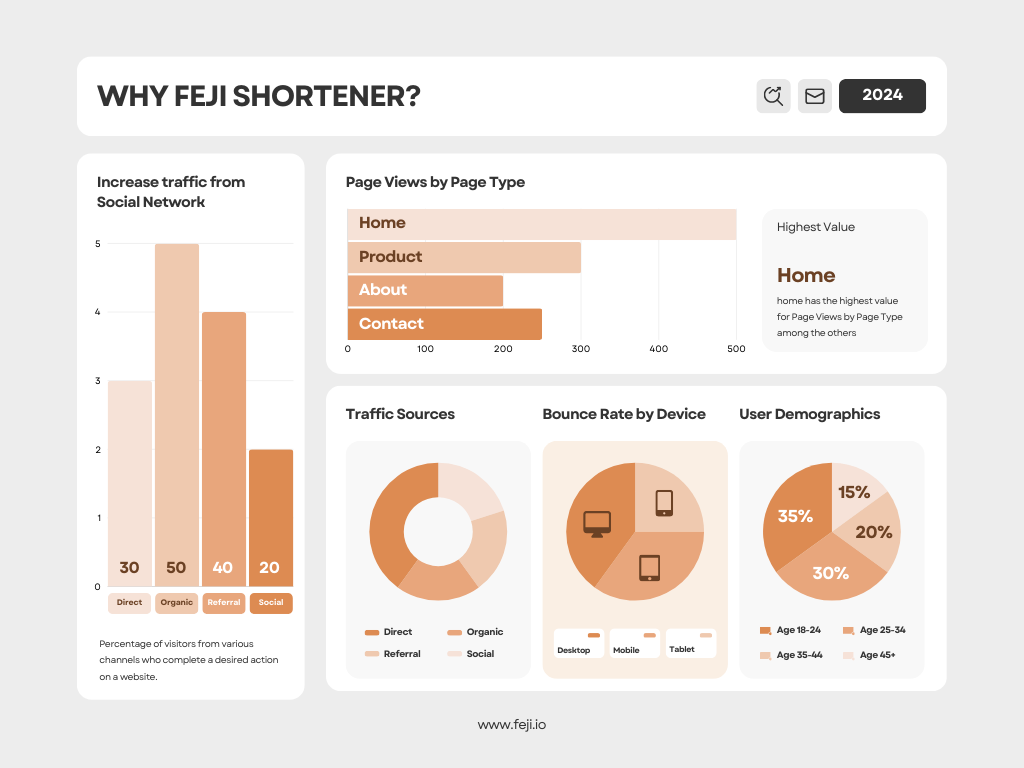Hand signals for driving may seem old-fashioned, but they are still an essential part of safe driving, especially in emergencies or when technology fails. Whether you're a seasoned driver, motorcyclist, or cyclist, knowing how to use hand signals can help prevent accidents and ensure clear communication on the road. In this guide, we’ll explore the hand signals for driving, when to use them, and how to execute them properly.
Hand Signals for Driving
Hand signals were once the primary method of communication for drivers before the widespread use of electrical turn signals. While cars today come equipped with advanced signal systems, hand signals remain a valuable backup in certain situations. From cyclists to drivers of older vehicles, understanding and using hand signals is still crucial for road safety.
Why Hand Signals Are Still Relevant Today
Many people might wonder if hand signals are necessary in a world where vehicles have built-in turn signals and brake lights. The answer is yes—hand signals remain relevant and important for many reasons.
Modern Vehicles vs. Manual Communication
While modern vehicles are equipped with advanced lighting systems, technical failures can occur. A turn signal or brake light may stop working unexpectedly, leaving drivers without the ability to communicate their intentions to others on the road. Hand signals serve as a reliable backup when technology falters.
Emergency Situations and Signal Failures
In the case of emergencies, hand signals become essential. Whether your vehicle’s lights fail or you need to alert others to a sudden stop, knowing the correct hand signals can prevent dangerous misunderstandings on the road.
The Basic Hand Signals for Driving
There are three primary hand signals for driving that every motorist, cyclist, and motorcyclist should know. These signals help communicate your intentions clearly to other road users.
1. Left Turn Signal
To signal a left turn, extend your left arm straight out to the side, keeping your palm open and facing forward. This indicates to other drivers and pedestrians that you intend to make a left-hand turn.
2. Right Turn Signal
For a right turn, you can either extend your left arm outward and bend it at the elbow with your hand pointing upward, or if you prefer, you can use your right arm and extend it straight out to the side (often done by cyclists). Both variations clearly signal that you are planning to turn right.
3. Stop or Slow Down Signal
To signal that you are slowing down or coming to a stop, extend your left arm out of the window, bending your elbow downward with your palm facing the rear. This hand gesture helps other drivers behind you know that you're reducing speed or preparing to stop.

When Should You Use Hand Signals?
Hand signals should be used in specific circumstances where turn signals are not available or not visible. Here are common situations when hand signals are necessary.
In Case of Turn Signal Failure
If your car’s turn signals malfunction, hand signals become crucial. Rather than risk driving without properly indicating your intentions, hand signals can serve as an effective substitute.
Cycling or Motorcycling
Cyclists and motorcyclists often rely on hand signals because their vehicles don’t have the same built-in lights as cars. Using hand signals helps them stay safe by clearly communicating with other drivers and pedestrians.
Driving an Older Vehicle Without Turn Signals
In some older vehicles, electrical turn signals may not exist or may be unreliable. In these cases, using hand signals is the best way to ensure your intentions are clear to other road users.
Step-by-Step Guide to Properly Executing Hand Signals
Using hand signals effectively requires knowing how to execute them correctly. Here’s a breakdown of how to perform each signal properly.
Executing the Left Turn Signal
To make a left turn, start by extending your left arm fully out of the driver’s window, ensuring your arm is parallel to the ground. Your palm should face forward. Hold the position long enough for others to clearly see it before initiating your turn.
Executing the Right Turn Signal
For a right turn, extend your left arm out of the window, bend your elbow upward at a 90-degree angle, with your palm facing forward. Alternatively, cyclists can extend their right arm straight out to the side.
Executing the Stop or Slow Down Signal
When slowing down or preparing to stop, extend your left arm out of the window and bend your elbow downward, keeping your palm facing the rear. This hand gesture signals your intention to reduce speed or come to a stop.
Hand Signals for Cyclists and Motorcyclists
Cyclists and motorcyclists are particularly reliant on hand signals to communicate with other road users. Since they lack the extensive lighting systems found in cars, these signals are critical for their safety.
Common Signals Used by Cyclists
Cyclists use the same basic hand signals as drivers, but they often use their right arm for turning right. Given that cyclists are more vulnerable on the road, it’s especially important for them to signal clearly and in advance of any changes in direction.
Hand Signals on Motorcycles
Motorcyclists also rely on hand signals, especially when riding in groups or in case of malfunctioning lights. The signals are identical to those used by drivers but should be performed with extra visibility in mind, as motorcyclists can be harder to spot on the road.
Legal Requirements for Hand Signals
Using hand signals isn’t just a good safety measure—it’s also a legal requirement in many places.
Laws by Country/Region
The laws regarding hand signals can vary depending on where you live. In most regions, drivers and cyclists are required to use hand signals in the absence of functional turn signals. It’s important to be aware of local traffic regulations to ensure you’re complying with the law.
Consequences of Not Using Signals
Failure to use hand signals when required can result in fines, penalties, or even accidents. Legal consequences aside, the lack of proper signaling also puts both you and other road users at risk.
Why Hand Signals Matter for Road Safety
Clear communication on the road is key to preventing accidents. Hand signals provide an additional layer of safety, ensuring that your movements are understood by other drivers, cyclists, and pedestrians.
Communicating with Other Drivers and Pedestrians
Hand signals are a universal form of communication. Whether you’re on a busy city street or a quiet country road, using hand signals helps keep everyone informed of your intentions, reducing confusion and increasing safety.
Reducing Accident Risks
Accidents often occur because of miscommunication or a lack of signaling. By using hand signals, you significantly reduce the risk of being involved in a collision or causing confusion among other road users.
Common Mistakes When Using Hand Signals
While hand signals are simple to learn, some common mistakes can reduce their effectiveness.
- Using the Wrong Hand: Always use your left hand when driving a vehicle, as it allows you to signal clearly from the driver’s side window. Using your right hand from the passenger side won’t be as visible to others.
- Timing the Signal Incorrectly: It’s crucial to signal well in advance of your turn or stop. If you signal too late, other drivers may not have enough time to react to your intended action.
- Not Making the Signal Clear Enough: Your hand signals should be clear and visible. Half-hearted gestures or unclear signals can lead to misunderstandings, so make sure your arm is fully extended when signaling.
New drivers should be taught hand signals as part of their driver’s education. Instructors can demonstrate these signals during lessons and ensure that learners practice them in various driving scenarios. Emphasizing the importance of hand signals as a backup for modern turn signals helps reinforce safe driving habits.

 Vietnamese
Vietnamese









Nguyen Hoai Thanh
Nguyen Hoai Thanh is the Founder and CEO of Metaconex. With 12 years of experience in developing websites, applications and digital media, Nguyen Hoai Thanh has many stories and experiences of success to share.